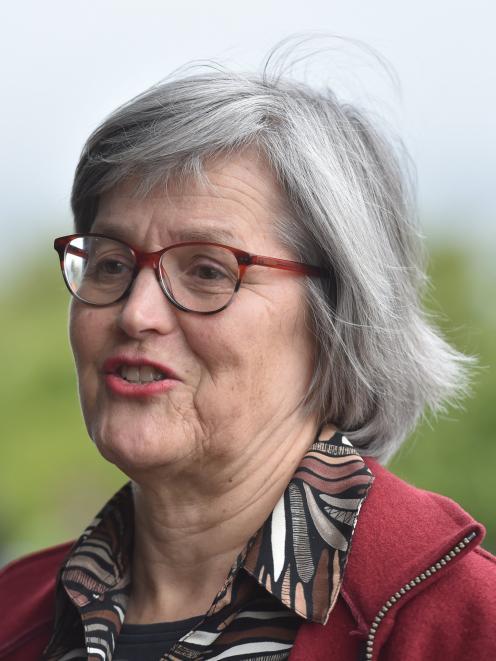
At the same time, public access could be improved and the leaseholders would pay to freehold parts of their runs. Everybody would gain.
Tenure review would be voluntary and negotiated between the leaseholders and the Crown.
What happened, however, in the words of researcher Ann Brower, a senior lecturer at the University of Canterbury, proved to be a rort. Farmers lobbied and negotiated hard and the taxpayer representatives were pushovers. Between 1991 and last year, the Crown freeholded about 440,000 hectares from more than 100 stations.
The leaseholders paid $65.2million. About 20% has been on-sold for $275million. The median sale price was more than 500 times the Crown's selling price, according to Dr Brower's figures.
What was Crown-owned land leased for ''pastoral'' purposes has in some cases become high-end lakeside subdivisions. The sales have been a bonanza for some Crown pastoral leaseholders.
While the leaseholders cannot be blamed for taking advantage, taxpayers have every right to feel disappointed and angry at both the unjustified transfer of their wealth and the loss of Crown land.
At the same time, high country conservation land has been expanded. However, according to the views of some, these gains have been outweighed by land-use changes on freehold land, notably around the Mackenzie Country. There are also questions about intensification and land use changes allowed on leasehold properties themselves.
No wonder the Government decided to scrap tenure review. Some leaseholders might look askance at missing out on windfalls their fellows received. But the transfer of land and money to small numbers of runholders needed to stop. The system was not working.
Conservation Minister Eugenie Sage last week said tenure review had produced a ''mixed bag'', and the taxpayer had not always got value for money. That certainly is putting it mildly.
There is also the issue of how much land the stretched Department of Conservation can look after and the fact rates are not payable on Crown land. Relatively low-impact grazing need not be eradicated from all or nearly all high country land. Many farmers do a good job by not overgrazing and by caring for the environment. Many recognise, as a society, we are all interlinked and allow reasonable public access when permission is sought.
Others do not, and they help spur wider public resentment. No farmer is an island separate from the wider community and country, and it is detrimental all round when an urban rural divide grows.
Ms Sage went further last Sunday with plans to tighten the rules for the 171 properties that remained owned by the Crown.
Farmers and the wider community are being consulted on requiring the Commissioner of Crown Lands to seek expert advice and consult when leasehold farmers asked for permission to irrigate and farm more intensively. Again, it has been argued, officials have been pushovers to various pastoral lease developments.
The intention is to safeguard natural landscapes, indigenous biodiversity and cultural and heritage values.
Unsurprisingly, this is causing farmers concern. Pastoral leasees have for years viewed the land as if it was virtually freehold. And it is extremely difficult to make money from traditional farming alone. The days when wethers could be run on the tops successfully for their fine wool are long gone. The high land values are not for ''pastoral'' returns but in the location and scenery.
The challenge will be to create a system which balances farmer and public interests and which does not create undue burdens or bureaucracy. And should some form of tenure review return, it must be more open and it must be fair to the taxpayer.












